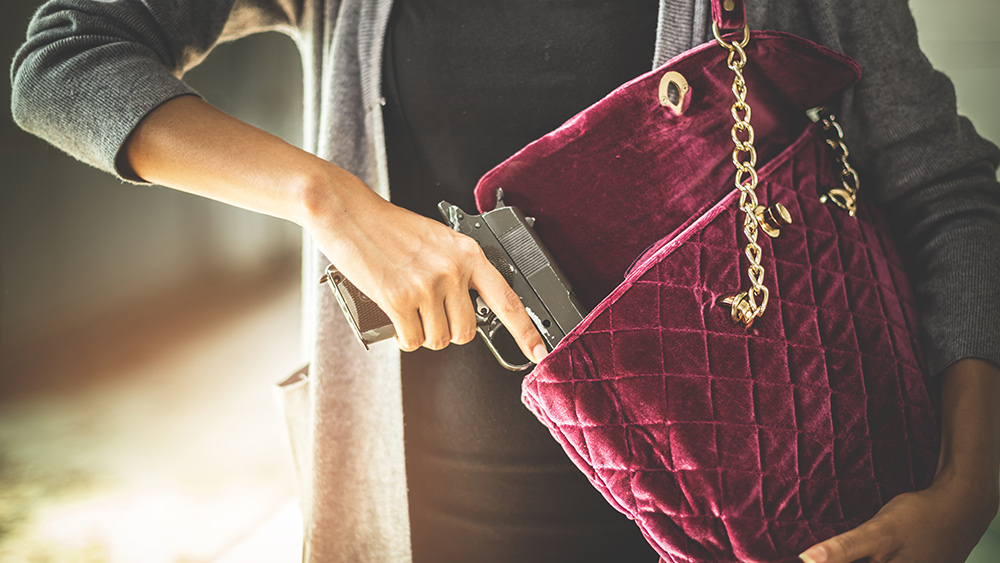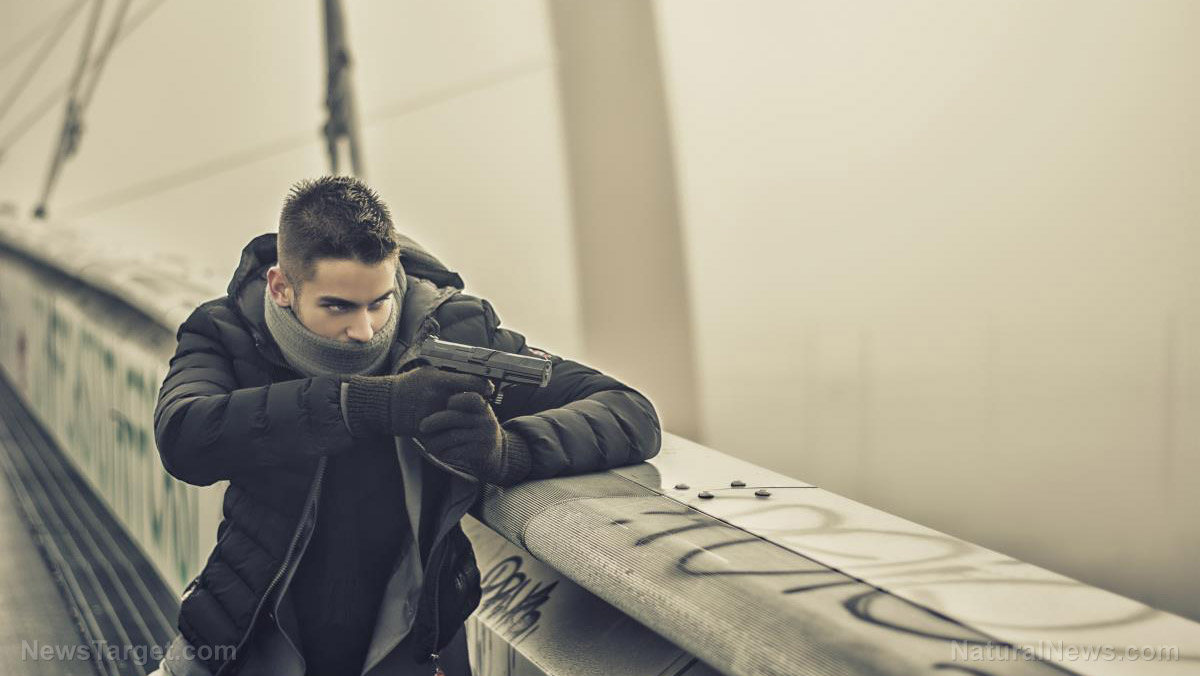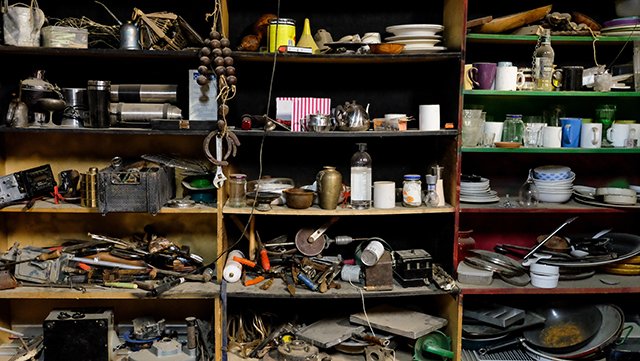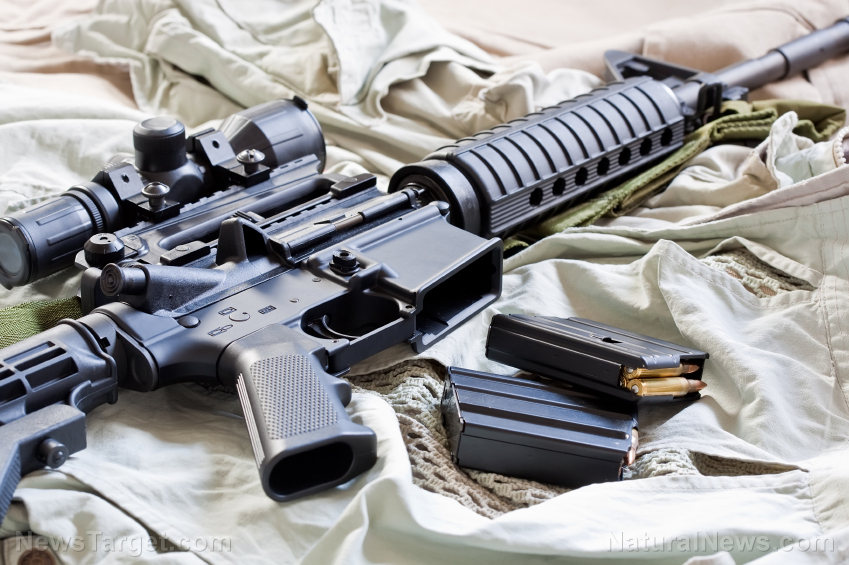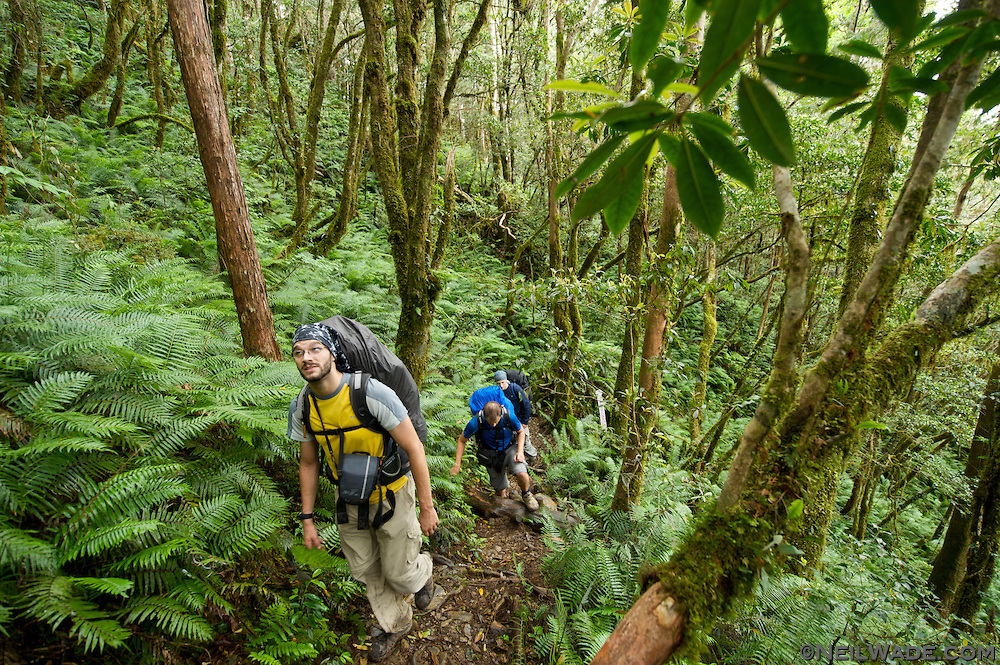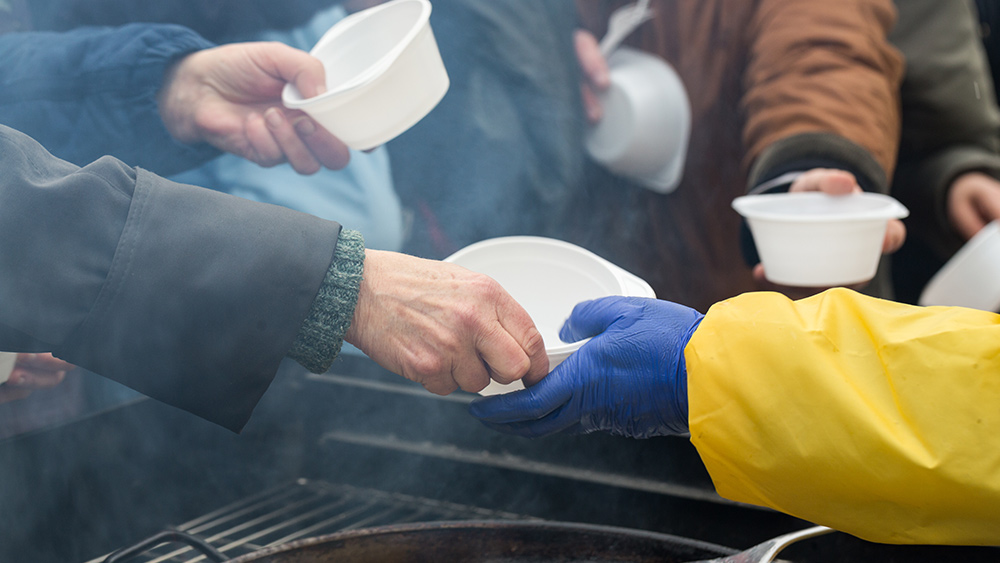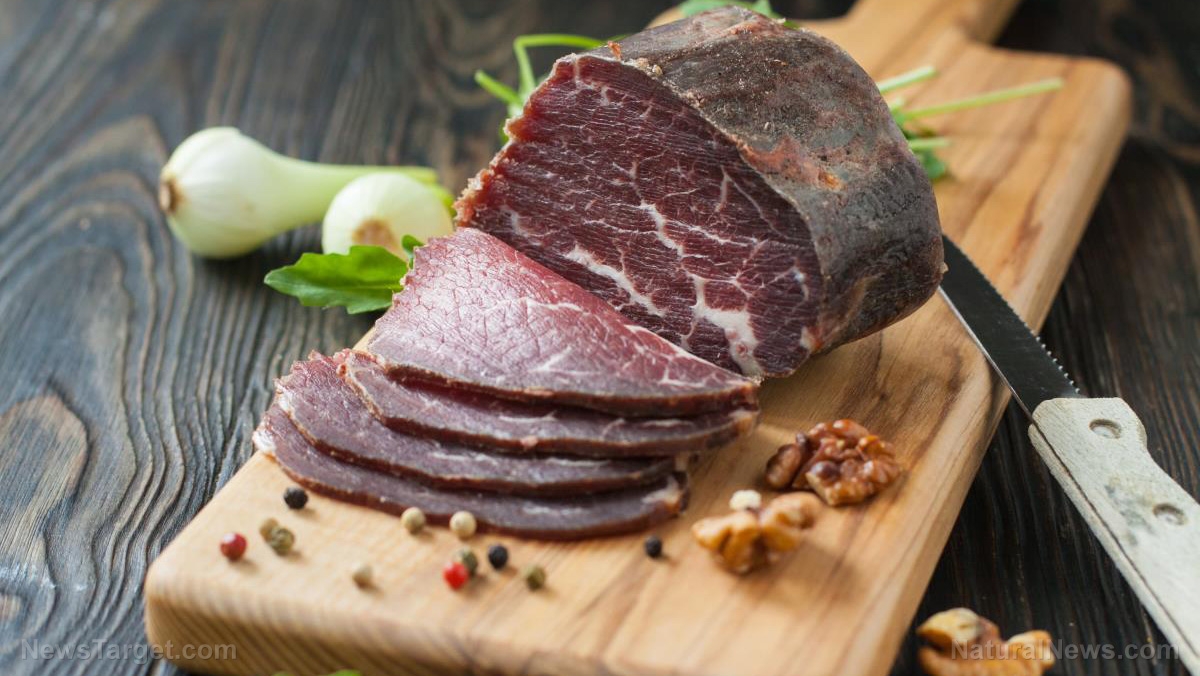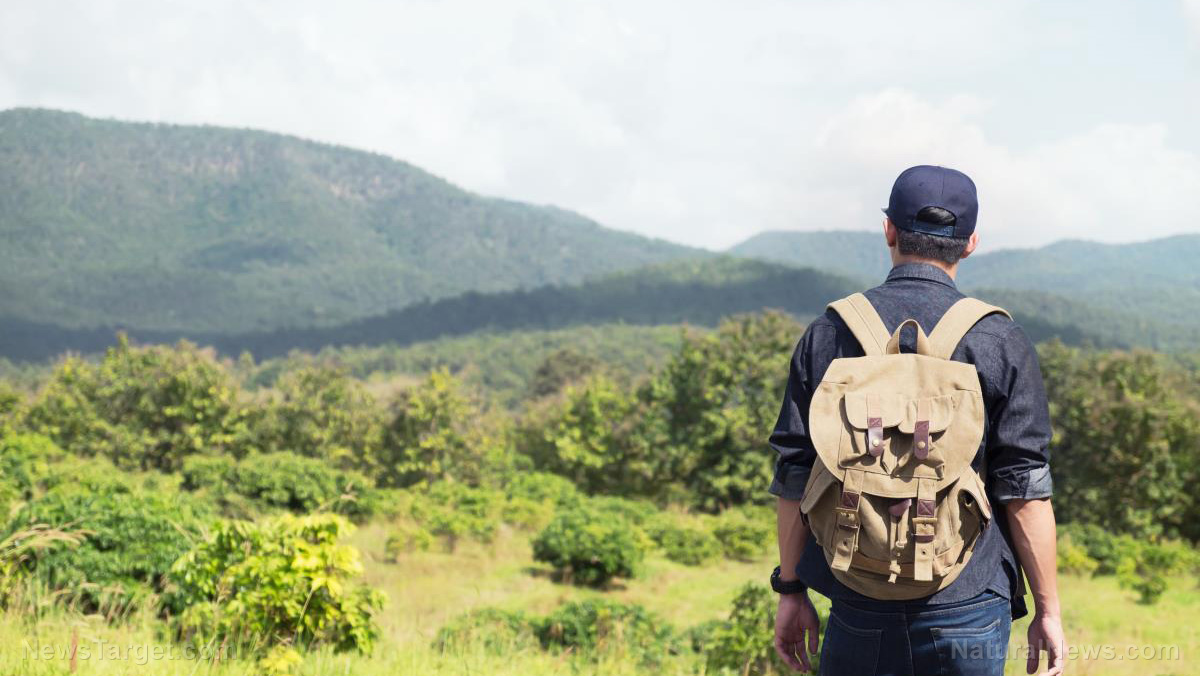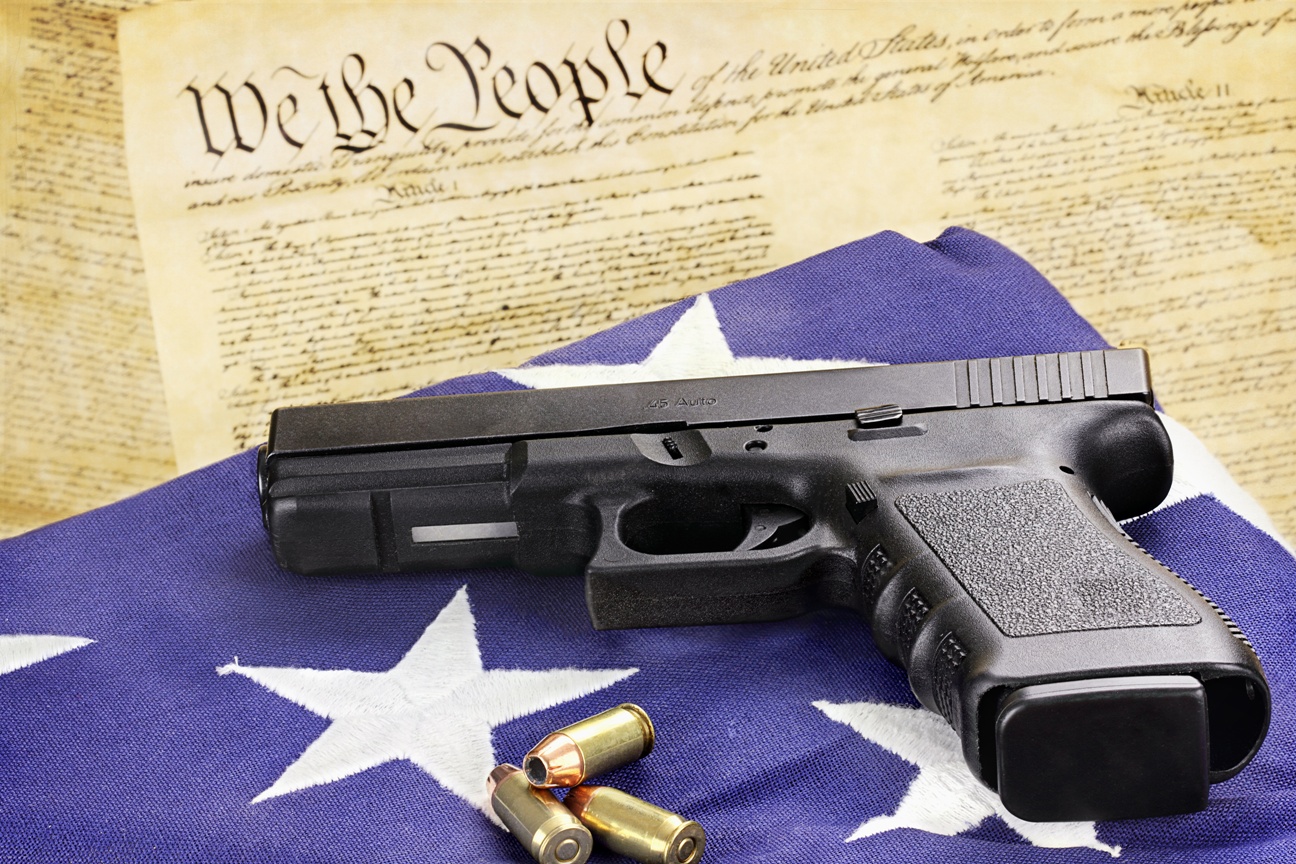Self-defense 101: Concealed carry tips for newbie preppers
04/04/2020 / By Arsenio Toledo
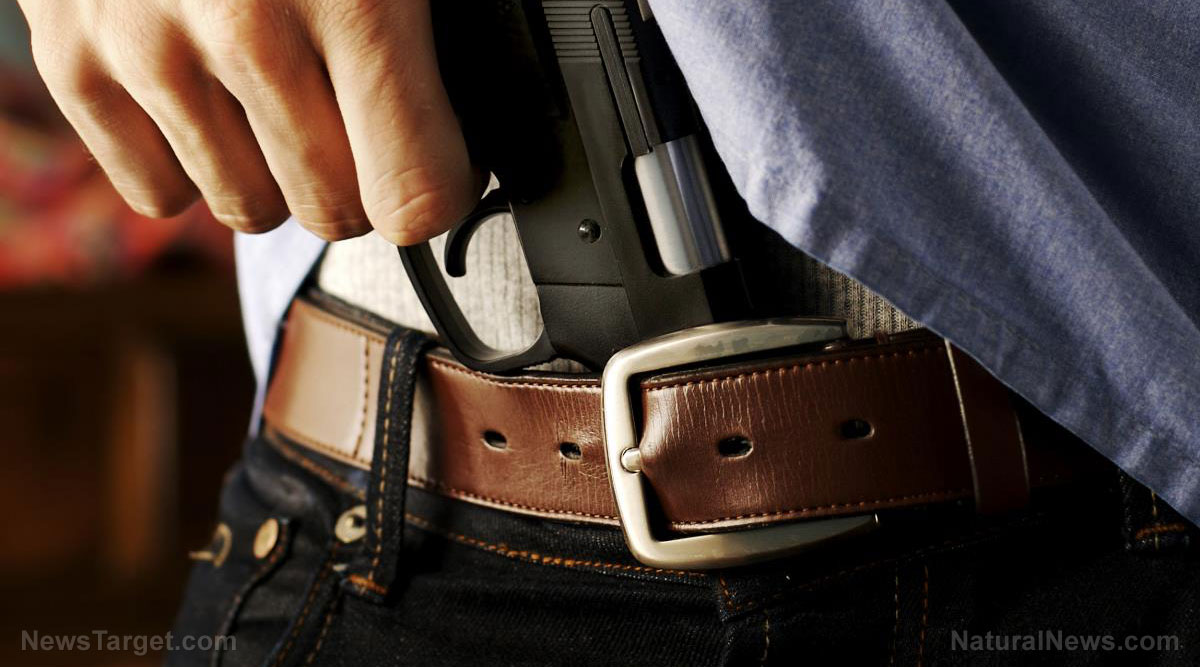
A concealed carry can be your first line of defense against any threat to your life or your property. As soon as you make that 911 call, you will have to wait several minutes before law enforcement even shows up. However, if you’re carrying a concealed firearm, you won’t have to wait around helplessly. With a gun, you can stand your ground, which is why you should consider concealed carrying for self-defense. Here are several tips and factors to consider so you can carry concealed responsibly. (h/t to Survivopedia.com)
Deciding to carry concealed
Before you apply for your concealed carry permit, you need to answer a few questions:
- Will I carry a firearm every day?
- Will I make the time to regularly practice with my firearm?
- Do I have what it takes to become a responsible gun owner?
- Will I keep up to date with local and federal laws for concealed carry?
- Do I have the means to purchase firearms, ammunition and all the accessories and fees needed?
- Am I prepared to fire my gun at another human being if presented with a threat?
If you answered “yes” to all these questions, then you may be ready for the major responsibility of carrying a concealed firearm.
Apply for a concealed carry permit
Learn the laws surrounding concealed carry weapon permits (CCW) in your state. Some may need you to be older than 21, have no outstanding warrants or pending trials, be a citizen or be a resident of the state. Some states may even require you to sign up for firearms handling safety courses. Figure out what the requirements are and complete your application. You may need to pay several processing fees. Once you have your CCW, be sure to carry it on your person every time you go out with your concealed carry.
Carrying concealed is a major investment
Understand that having a concealed carry is a huge responsibility that requires a lot of investment in both time and money. Among other things, you will need to purchase:
- A lot of ammunition for training, plus the actual self-defense ammo for your firearm
- At least one spare magazine for your firearm
- A holster to secure your firearm
- All the associated fees for processing your CCW, for training courses and for range practice
Carrying concealed will not be cheap, but it can be a life-saving investment.
Choose the right gun
You need to choose the right weapon that fits your goals. You may want something small and compact, but how small depends on how you dress on most days and on whether or not you will carry your firearm on your body or in your backpack or purse. Your firearm also shouldn’t imprint on your clothing or impede your movement. Some other qualities you may want include:
- Your firearm having a full firing grip
- Your firearm being capable of firing good defensive rounds
- Your firearm having a higher magazine capacity
Figure out your own way of carrying
There is no truly right way of carrying a concealed firearm. Some may choose to do on-body carry, while others prefer off-body and keeping their firearm in their bags. Every carry position will offer its own advantages and disadvantages. There are several popular spots on your body where you can carry: the shoulder, ankle and side hip, for example. Try and visualize the situations you may be faced with, and decide what way you should carry your firearm from that.
Consider a backup firearm
If you can afford it, consider carrying a backup gun. Many law enforcement officers carry a backup gun in case their primary weapon malfunctions. Carrying another firearm can give you an extra sense of security. These reserve firearms are typically smaller than your primary weapon. Evaluate your ability to invest in another firearm, and choose accordingly.
Practice
You have to practice all aspects of carrying. This means going to the firing range regularly to train yourself in the shooting fundamentals, as well as your shooting accuracy. If you can invest in them, consider going to self-defense classes that can give you a more detailed and expert advice on how to use your concealed carry.
Always be prepared
With all the possible dangers that you may encounter, your concealed firearm can give you a sense of preparedness. If you practice often and if you adopt the right mindset, you will be in the most prepared position to defend yourself and others should that time ever come.
Sources include:
Tagged Under: bug out, concealed carry, emergency, firearms, guns, how-to, off grid, panic, personal defense, pistols, preparedness, prepper, prepping, self defense weapon, self-defense, shooting, survival, survivalist, threat
RECENT NEWS & ARTICLES
COPYRIGHT © 2018 SURVIVALGEAR.NEWS
All content posted on this site is protected under Free Speech. SurvivalGear.news is not responsible for content written by contributing authors. The information on this site is provided for educational and entertainment purposes only. It is not intended as a substitute for professional advice of any kind. SurvivalGear.news assumes no responsibility for the use or misuse of this material. All trademarks, registered trademarks and service marks mentioned on this site are the property of their respective owners.





